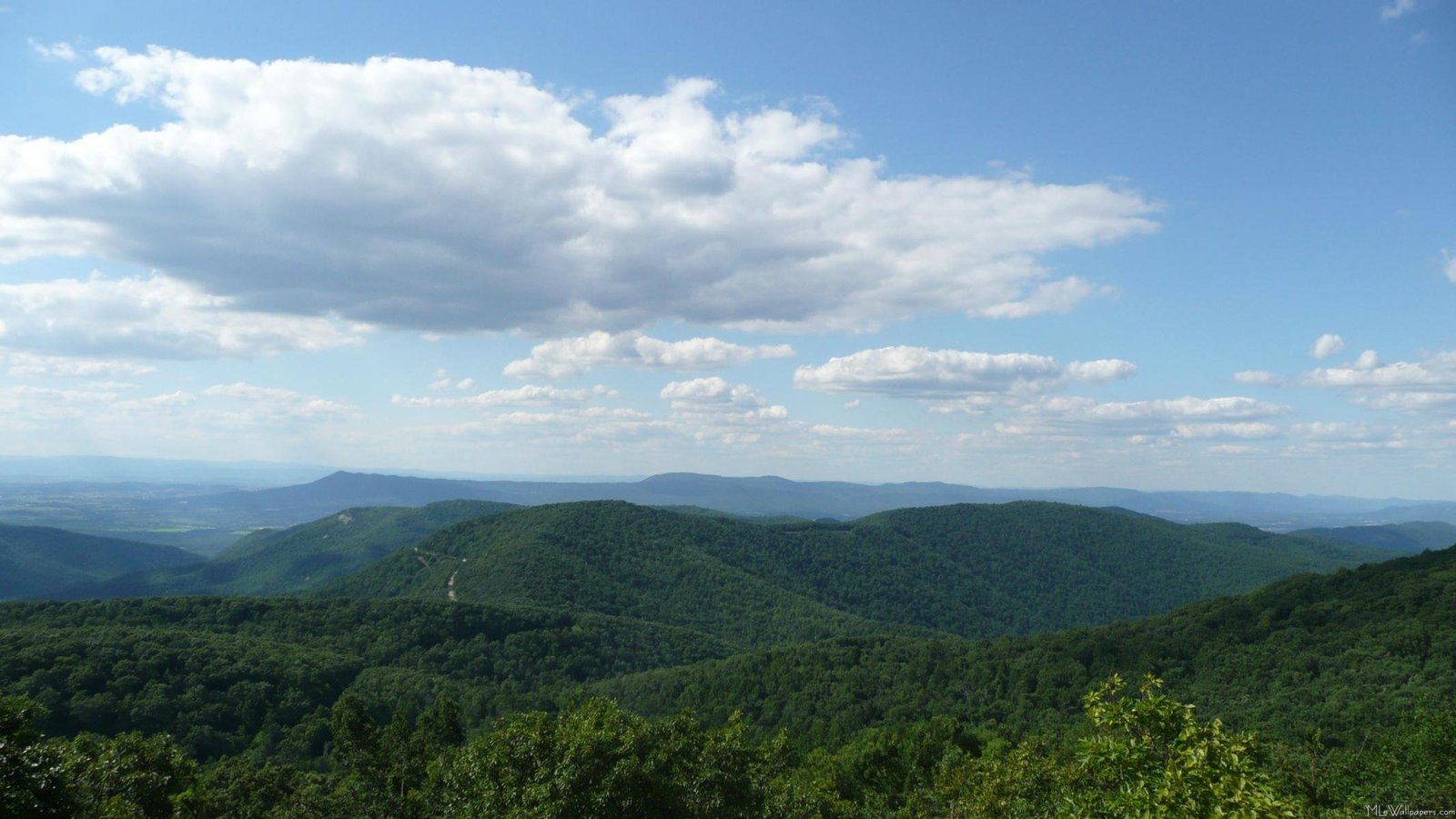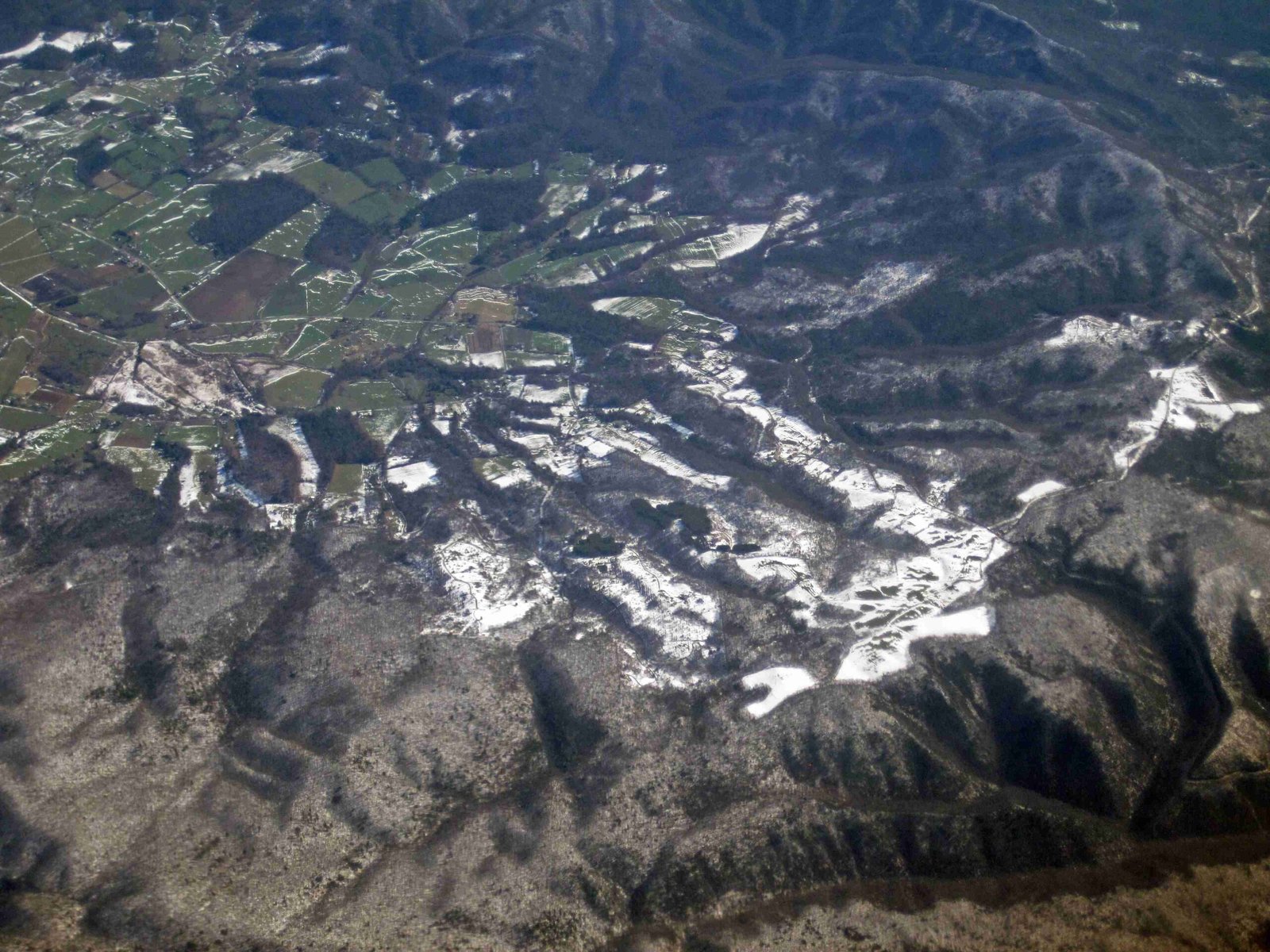The Appalachian Trail faces multiple closures and restrictions across several states in 2024-2025, impacting hikers with seasonal limitations, storm damage, and infrastructure repairs. From Maine’s Baxter State Park to Vermont’s forest roads and Virginia’s mountain regions, trail access will be strategically managed to ensure hiker safety and trail preservation. Hikers must carefully plan their routes, check current conditions, and remain flexible during their Appalachian Trail adventures.
What Are the Major Closure Regions?

The Appalachian Trail closures span multiple states, each with unique challenges and restrictions:
Maine: Seasonal Mountain Limitations
| Location | Closure Date | Details |
|---|---|---|
| Katahdin (Hunt Trail) | October 15, 2024 | Summit strongly discouraged after this date |
| Baxter State Park Campgrounds | October 15-22, 2024 | Weather-dependent closures |
Vermont: Road and Access Restrictions
- Lincoln Gap Road: Closed to vehicles from October 15 until spring
- Forest Road 10: Closed to through traffic until end of 2024
- Forest Road 273: Closed through mid-October for culvert replacement
Virginia and North Carolina: Mountain Access Challenges
- Skyline Drive remains open year-round
- Clingman’s Dome Road closes November 30, 2024
- Roan Mountain Day Use Area closed until summer 2025
Why Are These Sections Closed?

Trail closures result from multiple factors:
- Seasonal Weather Preparations
- Protecting trail infrastructure from winter damage
-
Ensuring hiker safety during challenging conditions
-
Hurricane Helene Damage
- Significant trail section destruction
-
Ongoing repair and restoration efforts
-
Infrastructure Maintenance
- Culvert replacements
- Road and parking area improvements
How Can Hikers Navigate Closures?
Recommended Strategies
- Check official Appalachian Trail Conservancy updates
- Register hiking plans on ATCamp.org
- Carry alternative route maps
- Contact local ranger stations for current conditions
What Permits Are Required?
Most closures do not require additional permits, but hikers should:
- Verify parking restrictions
- Confirm trailhead access points
- Understand potential detour requirements
Safety Recommendations
- Carry emergency communication devices
- Pack extra supplies for potential detours
- Stay informed about weather conditions
- Respect trail closure signage
Pro Tips for Trail Navigation
- Use GPS tracking apps
- Join online hiker communities for real-time updates
- Consider flexible itineraries
- Always prioritize personal safety
Additional Considerations
Hikers should anticipate:
– Limited emergency services in closed sections
– Potential additional travel time
– Need for alternative route planning
Important Note: Trail conditions can change rapidly. Always verify the most current information before beginning your journey.
Reference:
– Appalachian Trail Conservancy
– Green Mountain Club
– National Park Service

